-
Hades
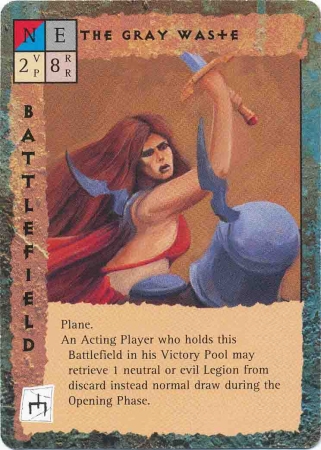

|
|
|
|
|
|
|
|
|
|
|
|
Hades, the plane of evil balanced between
Law && Chaos, is
one of the most accessible of the lower
planes. Not only is it the
midpoint of the Styx, which linx the lower
planes in a river of evil,
but it is also the foundation of Mount
Olympus, which reaches the
Greek pantheon in Olympus, and the base
of Yggdrasil, the
World Ash that reaches Gladsheim. Both
Mount Olympus and
the Yggdrasil reach lower layers of the
plane. The terrain and
inhabitants are equally dangerous on all
three layers.
The layers of Hades are called glooms
of Hades. This is an
adequate description of the nature of
evil at its worst. These are
realms without joy or emotion, without
hope or peace, and without
good will or intentions. It is a grey
land with a grey sky in all its
layers. Any colors but muted blacks and
whites stand out here.
There is neither sun, moon, stars, nor
passing of the seasons. It is
merely a state of waiting, with no end
to the waiting in sight.
The evil of Hades
is such that those who remain within its
bounds for any length of time may experience
the defeatism and
sadness that infects the plane. Colors
slowly fade as time
passes, so that the most vibrant blues
and reds are muted after a
week and reduced to shades of grey by
the end of two weeks.
Travellers who remain longer than two
weeks must roll successful
saves vs. spell or be permanently trapped
in Hades, their
existence fading over the next month until
they become larvae
(they can be rescued by another traveller
who pulls them out of
Hades, or by a wish or related spell).
The three Glooms of Hades derive their
names from their chief
inhabitants: Oinos, Niflheim, and Pluton
(also referred to as Hades).
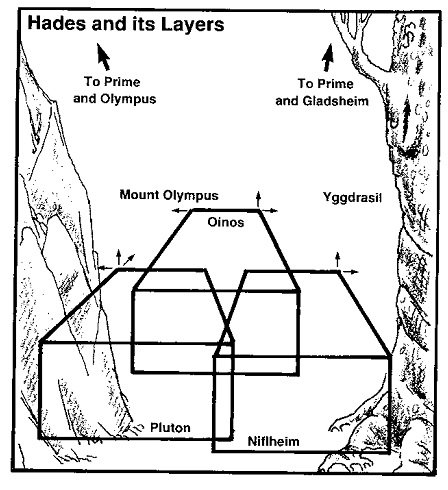
NE1. OINOS is
the layer that contains many of the daemons
and other creatures of the lower middle planes,
as well as many of the Deities.
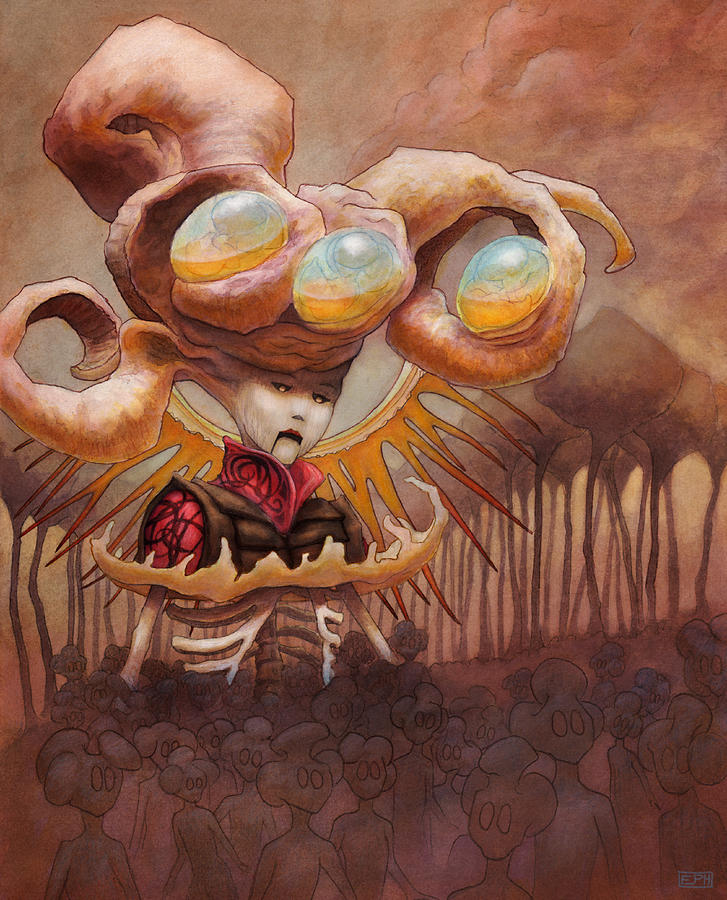
It takes its name from Anthraxus's title
as lord of the middle planes,
the Oinodaemon. Oinos is a sickly land,
what plants
that do exist are stunted and withered.
Both foliage and rocky
terrain are muted greys, stretching w/o
relief to the horizon.
Oinos is a land of disease. Those who
walk on its surface, or
sail along the Styx as it passes through
this layer, have a 10%
chance of contracting a major disease.
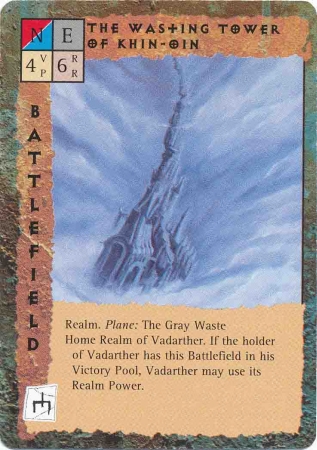
NE2. NIFLHEIM
is the second <(2nd)> layer of Hades,
the layer reached by Yggdrasil in its
course from [Gladsheim].
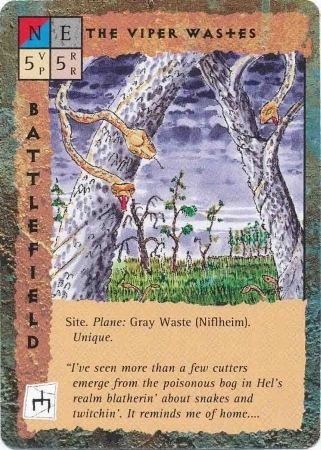
The vegetation is richer and the land cooler
than Oinos, and it lacks the touch
of sickness in the air.
While the terrain is rougher and cloaked
with pines, the
atmosphere is dreary and vision beyond
100 feet is blocked by
the mists and fogs that swirl through
the plane. Niflheim is the
abode of many creatures and deities, but
is known primarily for
Hel of the
Norse Deities, who is acknowledged as the ruler of the layer.
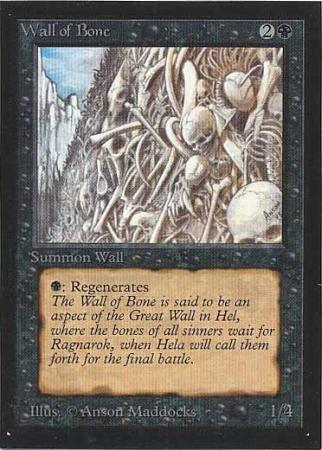
Pluton is also referred to as Hades, but is spoken of here by
its
Roman name to avoid confusion with the plane itself and the ruler of
this layer, the Greek god of the underworld. The base of Olympus
reaches Hades here in the grove of Persephone, at the gates of
Hades' domain. It has the oppressive gray nature of the plane as
well, though its vegetation consists of black
willows and dry, drying
poplars.
In addition to the ingress provided by the Styx in the first layer,
Yggdrasil in the scond, and Mount Olympus in the third, the layers
of the planes can be reached by the standard manner of portals
(to the top layer) and barriers (to the second and third layers).
The portals of Hades appear as great spinning coins of copper
(Gehenna), silver (Concordant Opposition), or gold (Tarterus).
The color and brightness of these portals makes them visible for
miles. Often creatures such as arcanadaemons build their red
iron fortresses around portals to control the traffic into and out
of
their domains.
The barriers between the layers are also tightly controlled. The
main barrier between Oinos and Niflheim leads to the roots of the
Yggdrasil, in full view of Hel's feast hall, and the major passable
barrier btween Niflheim and Pluton leads to the grove of Persephone
and the gates of Hades itself (with its guardian, Cerberus).
Other barriers may exist that permit easy movement between the
layers, but they have not been revealed. Both Hades and Hel
seek to keep their infinite realms as quiet and controlled as psb.
The use of viewing pools from the Astral to spy upon the uppermost
layer and therybb step into the plane works normally (this
may be the chief reason that Hades and Hel have located their
realms on lower layers). The upper layer is left to a variety of
Deities, one of which is the Oinodaemon.
Features of Hades
The daemons, led by Anthraxus, rule Hades, at least in theory.
Both the bird-like diakk and misshapen hordlings outnumber the
daemons. IN the deeper layers the Deities who rule those realms
severely limit the actions of all these lesser creatures. The
domains of the more powerful daemons often contain diakks and
hordlings. An occasional demodand also has such servants. The
demodands and daemons of Hades continually engage in a sniping
war of small skirmishes and assassinations, usu. avoiding
the large-scale violence that might attract the attention of Greater
Deities.
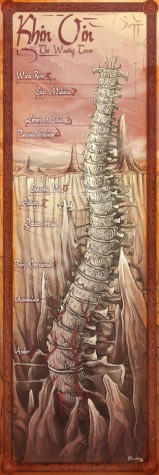
Anthraxus's realm in Hades is a mighty fortress (the Khin-Oin)
of grey stone battlements, laced with crenellations and studded
with towers and minor citadels. It towers 20 miles in height, and
its dungeons burrow a similar distance below ground. The Khin-Oin,
or Wasting Tower, is continually wracked with internal power struggles
from other diseased great daemons who seek to displace or weawken
Anthraxus. There are continual battles in the
halls between the daemonic forces of one faction against
another. Only the threat of an outside Deity or invader is sufficient
to cause the daemon masters to unite into a restless common
front. When they do, they are unbeatable, for no other group
has ever stormed or beseiged Khin-Oin successfully.
Also found on the layers of Hades are achaierai, nightmares,
mephits, and night hags. The hags live reclusive lives and interfere
with the local political situation only when necessary. The
night hags are chiefly interested in Hades' larvae, the human-headed
worm spirits that are found throughout the layers. The
larvae are a medium of exchange in the lower planes, and the
night hags seek to gather as many of them as possible.
Many of the Deities of Hades were once beings of Law and justice
who were assigned the task of guarding against the evil dead
in the land of Hades. The millenial exposure to this plane has
turned these Deities to the grey evil as well, so they are both jailers
and prisoners of Hades. Only those of greater godly status
can wander the Astral or visit other planes.
Hades of the third layer, Pluton, is the most powerful of the
Deities of this plane, yet even he has been affected by the grey
sorrow of Hades. His realm has gates and great walls surrounding
the grove of Persephone, where Mount Olympus has its base
and passes into the Astral. The grove is filled with black willows
and a single white laurel tree. The gates of Hades's realm are
massive structures of beaten bronze, dented by those powerful
heroes who over the ages have sought to assault the lord of the
underworld's fortress. At these gates is the kennel of the three-headed
dog Cerberus, whose task is both to keep the unwanted
out of Hades and to keep the inhabitants of Hades within. Cerberus
may be slain, but he can be returned to life by the wish of
Hades. Many evil Olympian beasts and creatures dwell in
Hades's domain. These have ability modifications similar to
those of Olympian creatures.
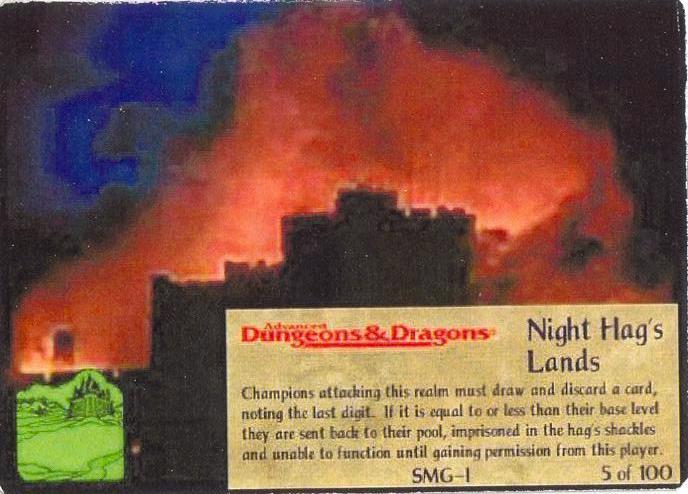
Hel, ruler of Niflheim, was also assigned the task of guarding
the dead, only to eventually fall to same grey despair that
overwhelms those in the realm. The Yggdrasil (and the main
barrier region from Oinos) decamps at the base of a low hill. At the
base of the Yggdrasil is Nidhogg, a huge, very ancient red
dragon with 10 points per HD, and that dragon's innumerable
brood. Nidhogg's task is to gnaw the roots of the World Ash and
eventually cut the link from Niflheim to Asgard, but the ash sets
down new roots even as Nidhogg consumes them. Nidhogg can
be (and has been) slain, but within a year one of her brood grows
to her size and power, takes the mantle of Niddhog, and resumes
the task.
Hel's domain is similar to that of Valhalla in appearance,
SAVE
for the omnipresent grey and the lack of valkyries. She is served
in this dominion by her own einheriar, who are evil in nature and
grey in both armor and complexion. Within the wild borders of
Niflheim, all manner of fell creatures similar to those found in
Gladsheim roam and prey on the unwary.
The Babylonian god Nergal is also a keeper of the
dead for his
pantheon. He makes his realm on the first layer, ruling a wide but
finite swatch of the layer from Nergaltos, his circular city of seven
domes. His city is laid out in rings, with each ring having an arching
dome enclosing the domed rings within it. Viewing portals
cannot pass through the gates of Nergaltos without Nergal's permission.
Each dome is pierced by a single gate. At each gate the
traveller must roll a successful save vs. Spell or suffer the
effects of being trapped in Hades (see page 105).
Each dome <>
applies a cumulative -2 penalty to the save, so tha tby the time
that the seventh dome is reawched, the penalty is -14, so potent
that Deities such as Ishtar have been trapped in his domain. The
city of Nergaltos is populated by soldiers similar to the warriors
of
Anus in description and powers, SAVE that they are evil in nature.
In the centermost of the domes within domes, Nergal keeps the
forgotten Deities whom Marduk and others of his pantheon have
defeated and brought to him.
Ratri, an Indian demi-goddess, has no permanent abode,
but
flits from layer to layer living off what she can steal from the
Greater Deities. Hers is the province of night, thieves, and robbers.
She uses her abilities to remain as an unwelcome guest in
the courts of Hades and Hel, and to dominate the daemons and
demodands she encounters.
Abbathor lives makes his domain in a cavern complex
deep
within the first layer. It is said that at its deeper point it has
a planar
layer barrier leading into Niflheim. If this is true, it is one more
treasure that the god of evil and greedy dwarves keeps hidden
from others. Abbatho's realm is called the Glitterhell, for it is
lined with gold that sparkles even in the grey domains of Hades. It
is that lust && greed that keeps Abbathor continually on the
MOVE and unaffected by the detrimental nature of the plane that
overwhelms the other deities. The true location of the Glitterhell
is unknown, and Abbathor maintains several false locations of his
realm to throw off the greedy men and dwarves who are always
conspiring to steal his gold.
Silent Yurtrus of the orcs is the orcish god of death.
Whether he
was assigned the position like Nergal, Hades, or Hel, or took the
mantle of death and disease on his own, is unknown, for the orcish
deity has no mouth and does not divulge his secrets. Yurtrus's
realm on the layer of Oinos is dreary and depressing even
by Hades's standards. All plants die before reaching its borders.
Only Yurtrus and his equally silent orc spirits live within; even
the daemons tread carefully through this terrain.
Dragon #243